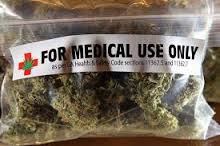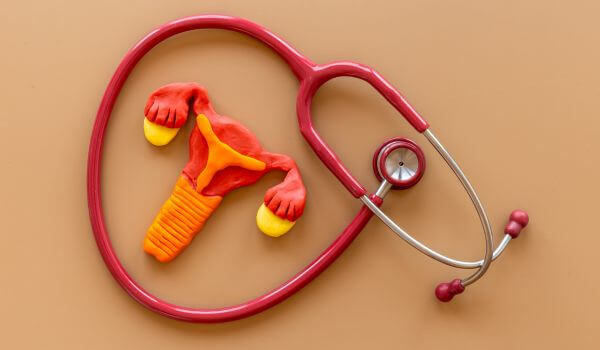An opinion piece on medical marijuana vs. opioid pain killers – by Zachary Goldberg
Opioid addiction is a serious problem and despite the DEA’s best efforts it’s only going to get worse. The current restrictions are helping reduce the amount of Opioid abuse in some states but other states are still failing to benefit. We all need to pick our heads up and come to the realization that these drugs will end up killing more patients than they are helping. We need to find an alternative.
Opioids are prescribed by doctors and dentists to people who are in never ending pain, as well as those who suffer from moderate to severe coughing and diarrhea.
According to the federal Centers for Disease Control and Prevention, narcotics such as oxycodone, hydrocodone and methadone caused 305,900 emergency room visits in 2008 and 37,000 deaths in 2006.
Prior to 1990 serious pain was undertreated; this is when doctors started prescribing opioid pain relief on a larger scale, it works as pain relief very well! While doctors don’t want to go back ignoring the plight of patients who suffer from continuous pain, the Harvard Health Letters (2011) confirmed without a doubt, that there has been a surge in overdoses and deaths from prescription opioid drugs in recent years. Many of these narcotic overdoses come from prescription opioids. The overdoses occur in patients who are misusing them deliberately, overdosing accidentally or when the drugs fall into the wrong hands. Without proper supervision, these drugs can easily fall into the wrong hands or could be taken in large quantities or with other depressants, such as alcohol or benzodiazepines. All these scenarios are immensely dangerous.
If a person is looking for more of a euphoric effect they’ll keep taking more and more of the opioid as they raise their drug tolerance level. As their tolerance level increases so does the risk of overdose.
Around 4,000 Americans died from opioid overdoses in 1999 by way of suicide or unintentional death. By 2007, that more than tripled to about 14,500 Americans. That’s a huge increase!
The issue of Opioid overdose mainly applies to states where narcotic use of drugs takes place. For example, prescription rates for opioids are high in Alabama, West Virginia and Tennessee. Incidentally, these states have some of the highest Opioid prescription rates in the US.
Alabama has the highest rate of prescription narcotic use in the nation and the fifth-highest prescription narcotic cost, according to a study by Express Scripts, the health care company that manages pharmacy benefits for 1-in-3 Americans.
In West Virginia, the numbers on overdosing opioids is rapidly increasing. In fact according to healthyamericans.org, it has the highest drug overdose rate in the United States, with 28.9 per 100,000 people suffering drug overdose fatalities.
The number of drug overdose deaths in Tennessee increased from 422 in 2001 to 1,059 in 2010. The number of drug overdose deaths in 2010 represents an increase of 250% over the 10 year time period.
Those numbers should make you terrified.
The question is, what can we do about treating persistent pain without prescribing opioids?
Perhaps, legalizing medical marijuana in places like West Virginia could slow down these huge numbers and eventually put a stop to it?
The use of medical marijuana is shrouded in controversy. Previous social conceptions of marijuana stand in the way of making it a viable pain relief medication and substitute opioid treatment. To be honest though, it’s no more illegal than opioids. The Daily Athenaeum, also touched on this issue in a recent article.
There is a misconception that marijuana is a primary gateway drug for harder drug abuse but actually the first gateway drugs are smoking and alcohol consumption. A study done at Yale School of Medicine in 2012 does connect the adolescent consumption of alcohol, cigarettes and marijuana to opioid abuse in later years but the figures only stand at 25%. That 25% is spread within the 3 categories. Underage alcohol consumption and cigarette smoking normally come before marijuana. Just because they often lead to marijuana does not mean that marijuana by itself leads to further abuse. The adolescent has already been exposed to feelings of “high” and therefore is already on the track to further abuse before coming into contact with marijuana.
Medical Marijuana is not like the unregulated marijuana found on the street. It is manufactured on supervised farms and it is a string of marijuana that helps take away pain without giving the usual high or “out of it” feeling that street marijuana gives.
Medical marijuana is nowhere near as addictive as opioids there are no recorded overdoses of marijuana in history: unlike alcohol and opioids.
The reach of medical marijuana has the ability to go far beyond opioid replacement if we can just put prejudices aside. It can also treat post-traumatic stress disorder and even depression. If considered in the right context it could become a herbal and legal way to numb the pain and control many illnesses.
So going back to West Virginia…… it sounds like legalizing medical marijuana would only help their drug abuse problem, and not hurt it.
What do you think? let us know if you have something to say.
















